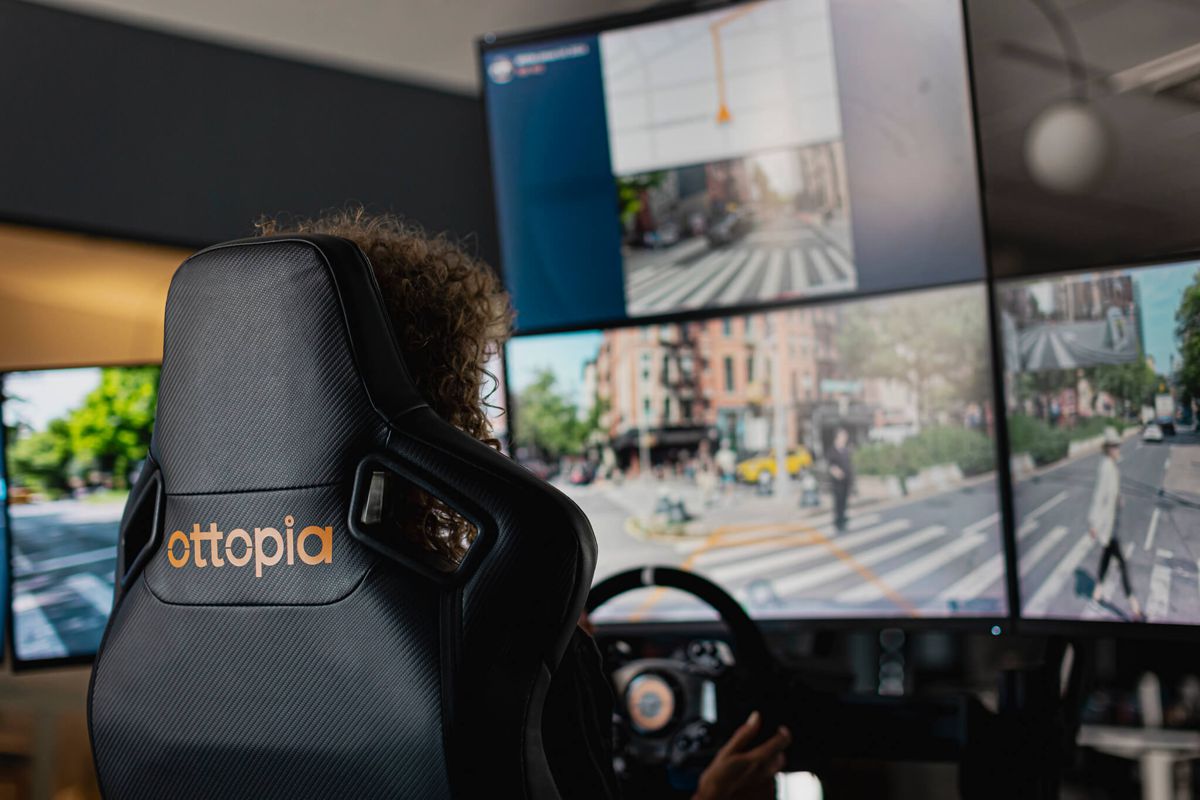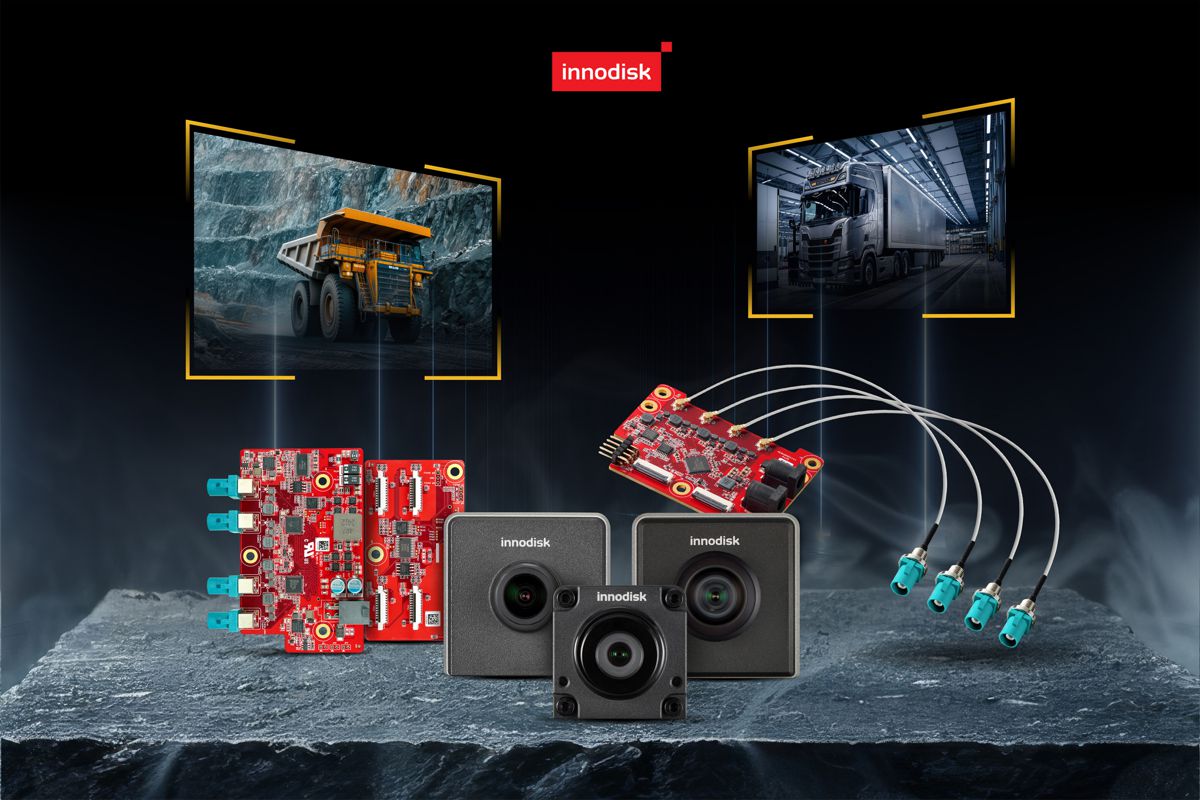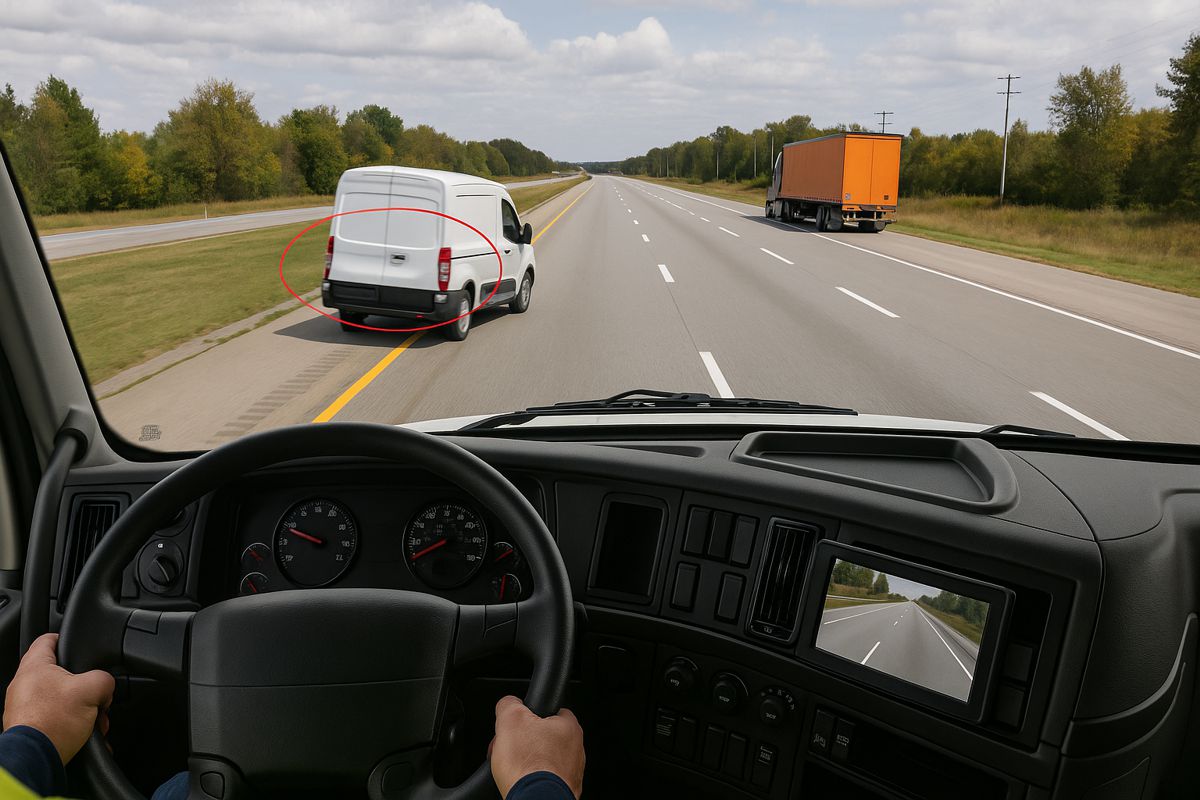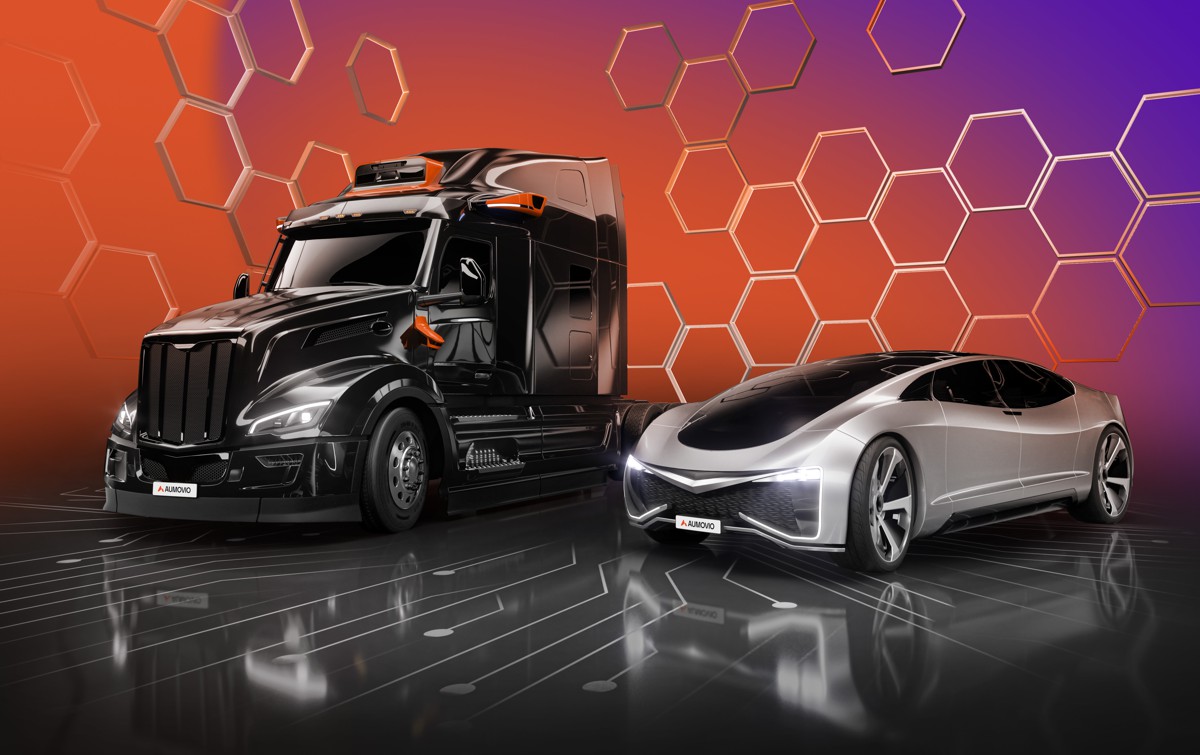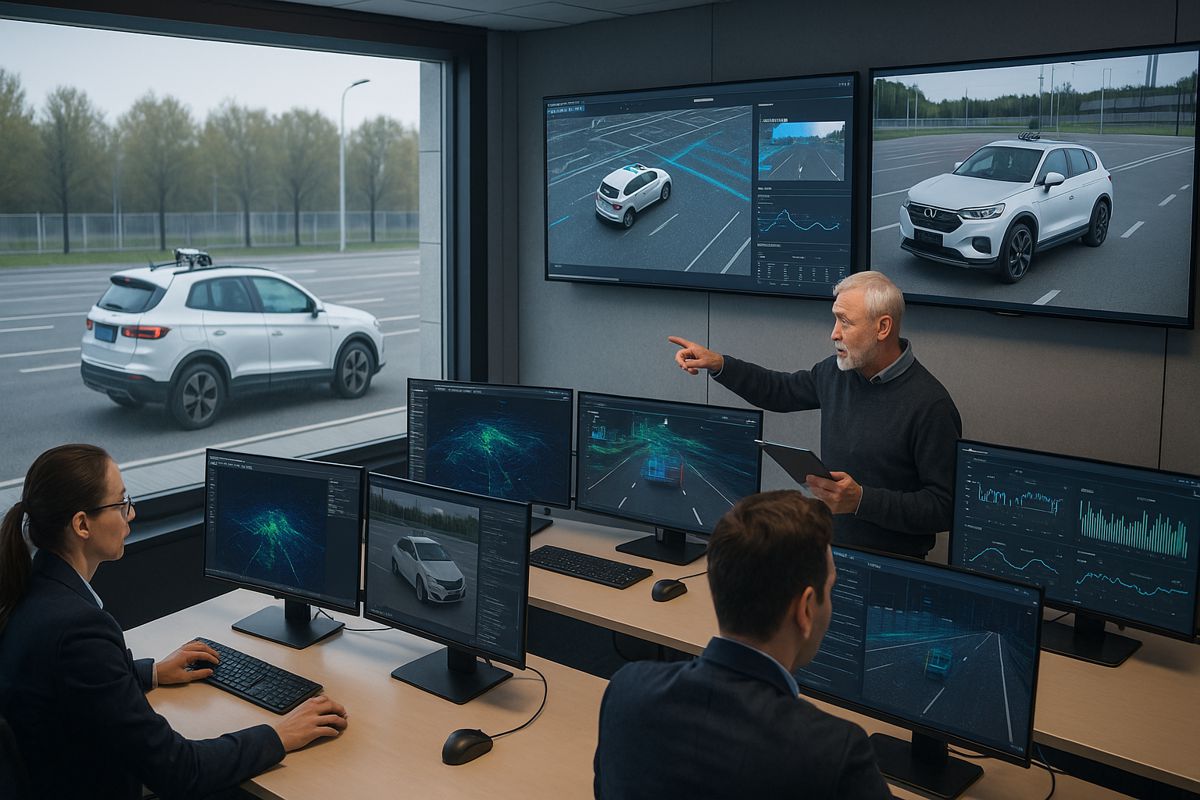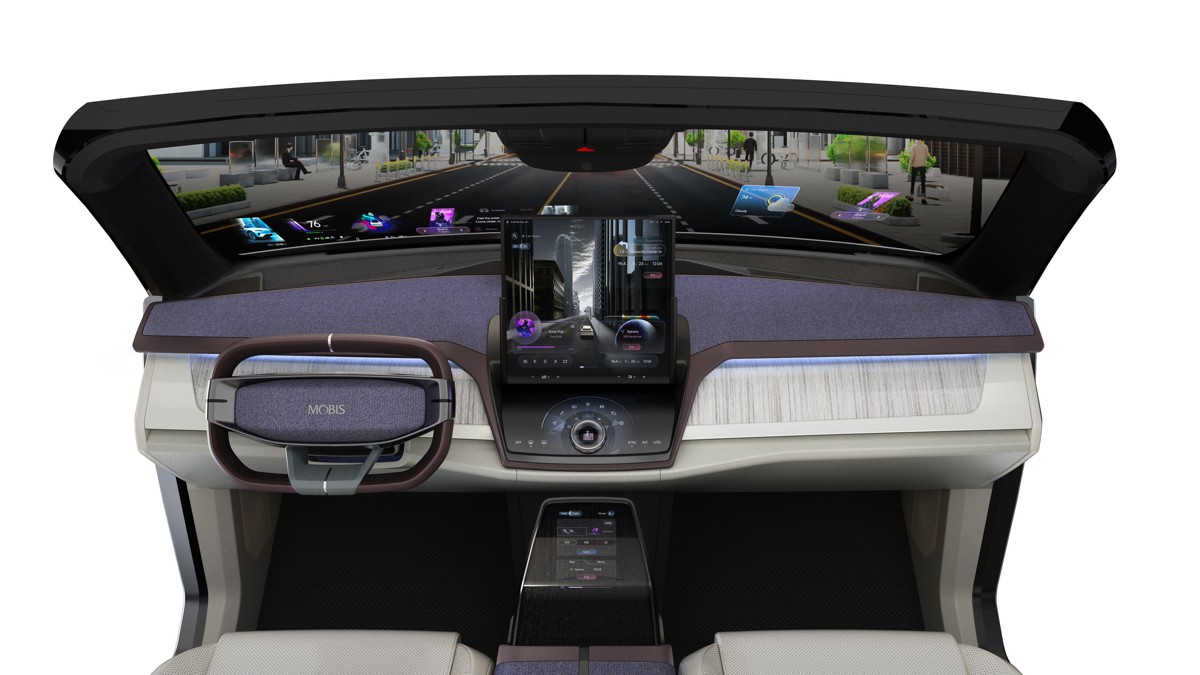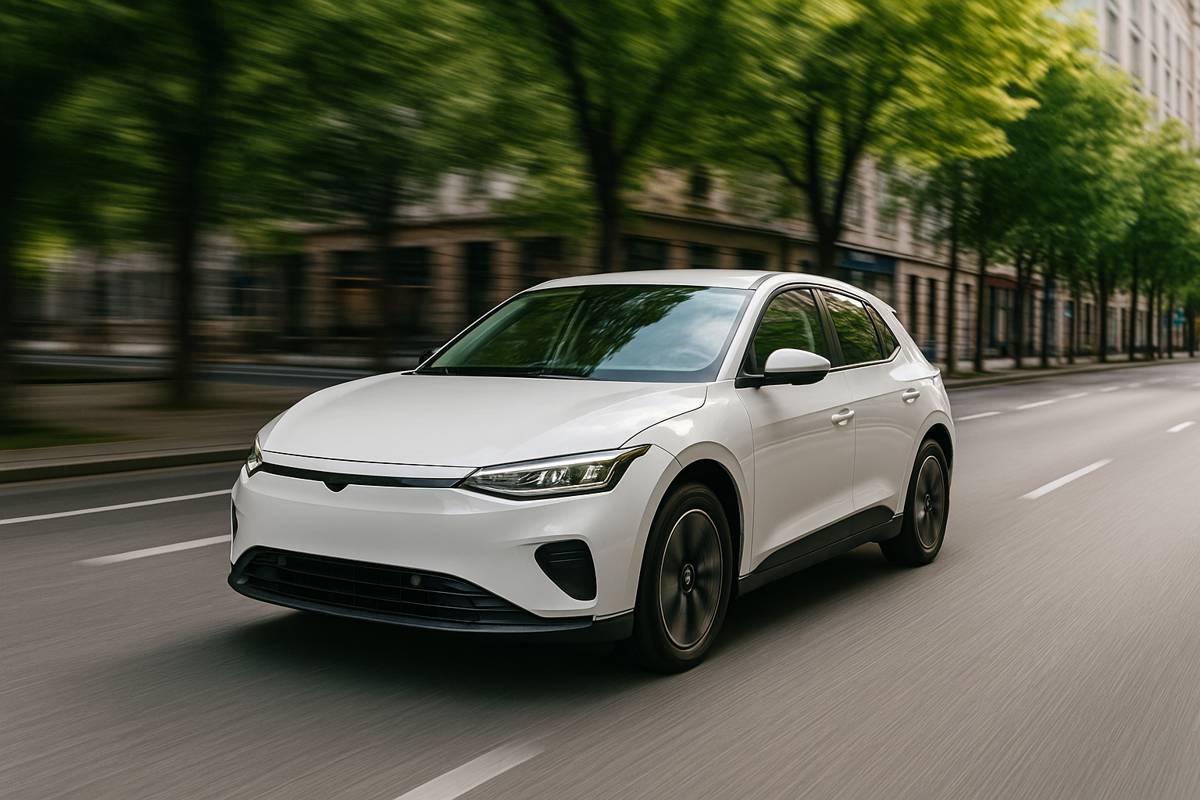Ottopia announces World’s First AI Remote Driving Platform
Ottopia, the leading remote driving company, today announced the market debut of their first-of-its-kind AI-powered remote driving platform as well as a new customer program.
Harnessing the latest technologies in AI, network optimization, and video compression, Ottopia’s platform equips OEMs and autonomous vehicles (AV) companies to seamlessly onboard Ottopia’s technology and offer consumers a premium remote driver service. The solution has been tested in over 20 cities over the span of 6 years and is currently being integrated into serial production programs.
Despite billions of dollars having been invested in driverless technology, McKinsey & Company predict that by 2030, only 4% of new passenger cars will have Level 3 or higher automation, rising to just 17% by 2035. Level 3 automation allows vehicles to handle most driving tasks autonomously under specific conditions but still requires driver intervention. This isn’t full automation; only Level 5 is, and even by 2035, experts don’t expect full autonomy to have come to fruition.
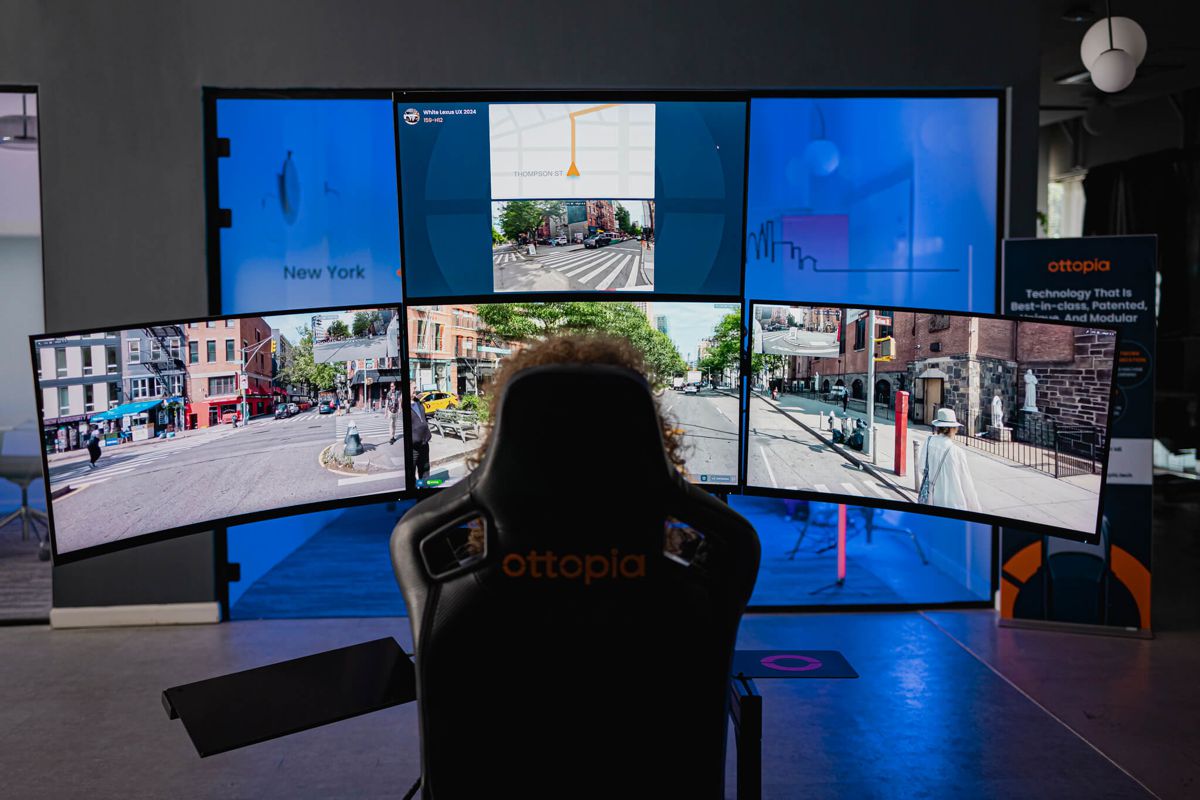
Current software technologies encounter numerous challenges, particularly when faced with edge cases like road works. In response to this challenge, Ottopia is defining the $11 Billion remote driving industry – leveraging the combined power of humans and AI, including predictive network algorithms, dynamic cross-channel forward error correction, and Real Time Super Resolution (RTSR™) – to empower remote operators to chauffeur car owners, effectively bridging this gap in adoption.
“It’s the stuff of science fiction coming to life. With a press of a button, you can connect with a remote human operator, with the ability to navigate any environment safely and precisely,” said Ottopia’s CEO and Founder Amit Rosenzweig. “Our consumer survey revealed that over 40% plan to use remote driving at least weekly and are willing to pay for the luxury, comfort and immense benefit of the many hours our solution will save them.”
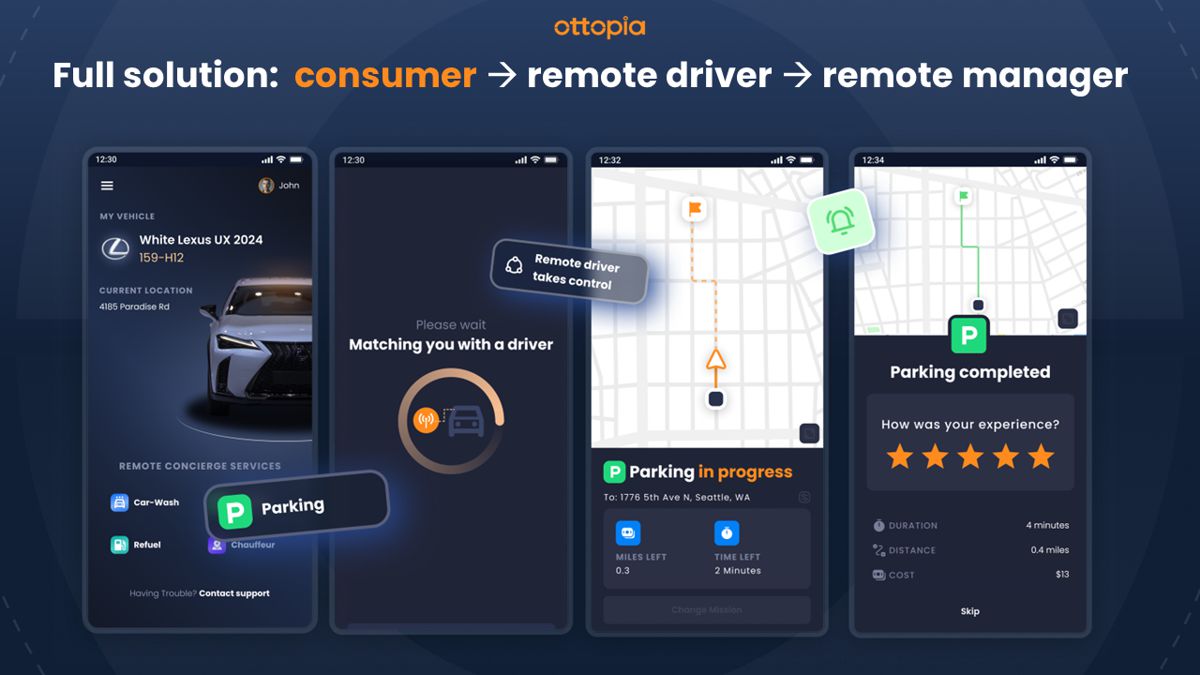
Ottopia seamlessly integrates existing car components such as cameras and modems into its current system architecture. The company’s network optimization leverages AI-driven algorithms that uses two standard LTE connections, enabling dynamic streaming of ultra-low latency video feeds and accurate visual information about the vehicle’s surroundings. The solution is chipset-agnostic meaning it works with almost any compute platform.
The control center also offers a comprehensive user interface for remote driving operations, support, and services, ensuring smooth and effective management. Built-in safety and security measures include secure development protocols and a safety policy engine to maintain high standards of operation, as well as state-of-the-art encryption and authentication. The platform’s flexible APIs and vehicle-agnostic design allow for easy integration with third-party systems, making deployment straightforward. The new customer program will facilitate easier integration with vehicle platforms, enabling OEMs to launch services faster and outcompete their rivals.
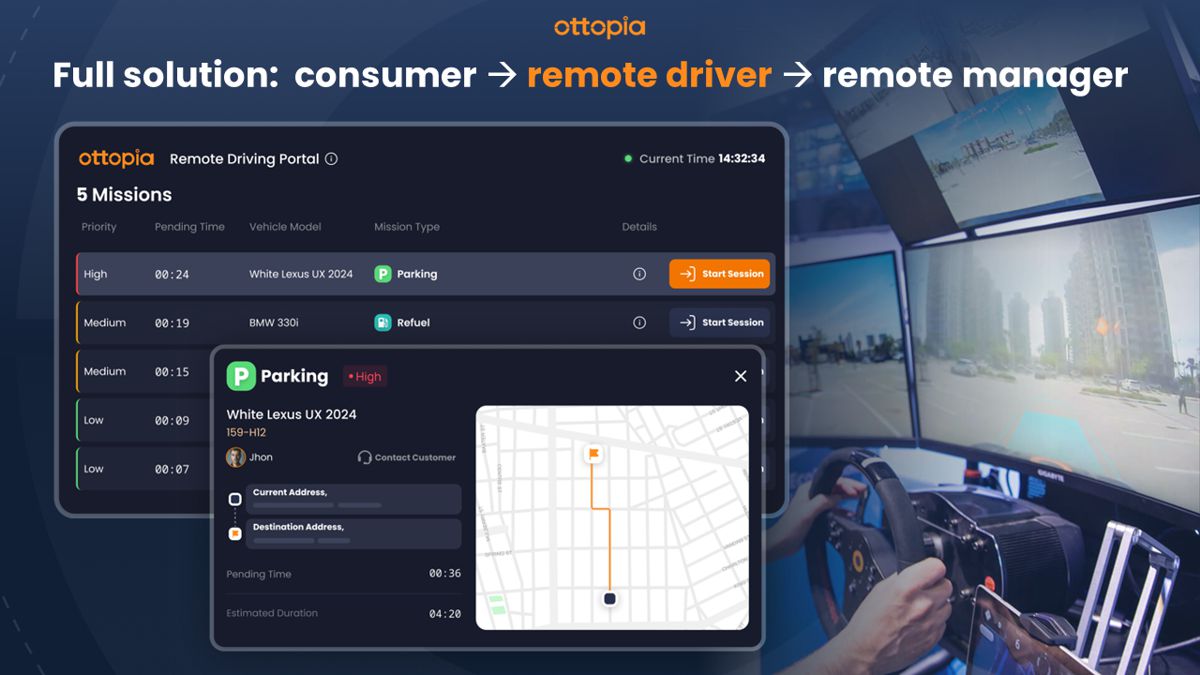
The service presents a major opportunity for OEMs and AV companies to boost post-sale revenue and customer retention through premium remote driver subscriptions.
Unlike self-driving technology that require significant modifications to car hardware and add to the bill of materials, Ottopia’s solution requires negligible adaptations to existing hardware of millions of cars, ensuring cost-effectiveness and ease of implementation for the OEM.

“Our mission is to transform the way people and goods are moving. Our first product is for enabling humans in a remote command & control center to act as your on-demand private driver for things like finding a parking spot, recharging and refueling, periodic check-ups and repairs, running errands, family drop-offs and pickups, and even driving you when you’re too tired or stressed to drive yourself.” Said Alex Kirshon, CTO of Ottopia.
The company holds nine granted patents and has twenty more pending. Ottopia’s patented software is currently utilized in a variety of vehicles, including cars, buses, yard and long-haul trucks, construction machines, and delivery vehicles. Among its esteemed clientele and partners are Hyundai, Magna International, Deutsche Telekom, EasyMile, MooVita, Serve Robotics, NVIDIA and various others.
